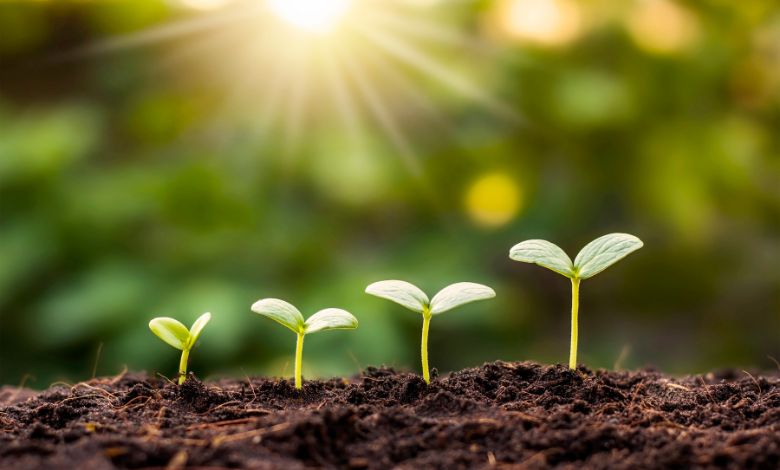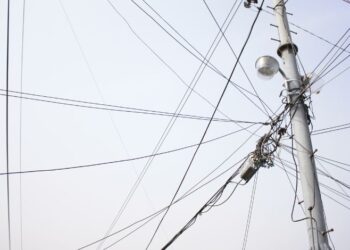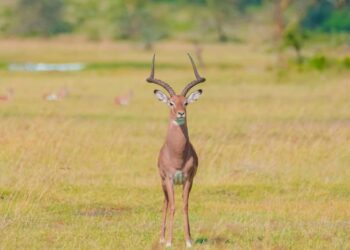Let your kids grow up wild, discover how nature, freedom, and unstructured play shape resilient, curious, and confident children.
I vividly recall the first time I saw my daughter run around the garden after a butterfly with bare feet and wild hair. She was five years old and had dirt under her nails and scraped knees from climbing trees that day. My gut, shaped by years of reading about helicopter parenting and general caution, urged me to call her back, remind her to be careful, wear shoes, and avoid the uneven grass.
But I didn’t. I let her go. And in that quiet decision, I understood something deep and lasting: the best thing we can do, for our kids and for ourselves, is to give them the freedom to grow up wild, just as nature intended.
What You'll Discover:
What Does It Mean to “Grow Up Wild”?
Let’s start by saying what it doesn’t mean.
Wild growing up isn’t the same as neglect. It’s not about putting kids in the woods and hoping for the best. It’s about being free. It’s about having faith. It’s about making a place, both physically and emotionally, where growth may happen spontaneously, without the stress of too much planning, too much screen time, and living in a bubble.
To grow up wild means to live in harmony with nature, danger, and curiosity. It’s climbing trees before you read books about them. It’s asking why before you get the answer. It’s allowing dirt to be a part of the lesson plan and boredom be a springboard for creativity.
Why We Don’t Remember How to Let Kids Be Wild
I was a kid in the 1990s, before smartphones and applications that let parents track their kids’ GPS. After breakfast, my pals and I would leave the house and not come back until the streetlights came on. We built forts out of fallen branches, climbed on roofs, and explored fields that had been left behind.
We made it through somehow.
But something changed between that generation and the one I’m parenting now. Control took the place of safety. Exploration turned into supervision. And fun turned into work.
We forgot that kids aren’t delicate glass figures. They have the natural strength of wolves, the curiosity of otters, and the ability to survive like weeds that break through concrete. But we’ve wrapped them up so tightly in warning tape that a lot of them don’t even get to try.
The Science of Growing Up in the Wild
If you’re wondering, “Okay, this sounds poetic, but is there any science behind it?” Yes, of course.
Studies suggest over and over that unstructured play outside helps with:
- Better at fixing problems
- More creative ideas
- Better physical coordination and health
- Lessened anxiety and depression
- More emotional intelligence
A study published in Frontiers in Psychology indicated that kids who learn in nature have better cognitive development and a stronger sense of environmental stewardship.
Allowing kids to grow up wild really changes the way their brains work so they can learn better, control their emotions, and be more resilient.
And it’s not only for kids. Adults also gain from it.
How Growing Up Wild Made Me a Better Parent
I didn’t start out as a “wild” mom. I was the kind of mom that had a lot of printable flashcards on Pinterest and strict bedtimes. There were three kinds of hand sanitizer in my backpack. I kept an eye on developmental stages, just like stock values.
But it didn’t work.
My daughter was worried. I was tired. It seemed like life was a show, not a partnership.
Then things changed.
It began little. We started going for hikes in the woods without a plan. We let her choose the way, even if it meant going in circles. She started picking up rocks, naming trees, and making up stories about the skies. And little by little, her worry went away. She got braver. More interesting. Not as frightened about making mistakes.
And to be honest? I did too.
I quit trying to make her the perfect student or the polite girl at every birthday celebration. I began to trust the process and watch her bloom like a wildflower: in a way that is beautiful, unpredictable, and with a purpose.
The Wild Isn’t Just a Place, It’s a Way of Thinking
You don’t need a forest or a backyard to “grow up wild.” It’s not about where you are; it’s about getting permission.
You can grow up free in an apartment in New York City or a little village in the highlands. It’s about letting go of controlling every little thing and accepting the messiness of discovery.
What are some examples?
- Let your child combine odd things together and call it a potion.
- Let them walk in the rain without a coat.
- Let kids make mistakes, take chances, and learn from blunders that don’t have big effects.
- Let them become bored and wait. That boredom will eventually turn into a location where great ideas originate from.
And most importantly, let them see you do it too. Allow them to witness you grow up wild.
10 Easy Ways to Help Kids Grow Up Wild (No Matter Where You Are)
These are some useful, attainable recommendations that helped my family reconnect with our wild side:
1. Nature comes first, then screens.
Make a rule that says “green before screen.” A child can reset their emotional system by playing outside for just 20 minutes.
2. Get rid of the schedule (sometimes)
Set aside one day a week for no school, no assignments, and no plans. Let life happen.
3. Say Yes to Mess
Let them dig, splash, and break things. You can always mop the floor. You can’t always give them back their independence.
4. Work with tools
Give them genuine tools. Hammers and shovels. Let kids learn by doing.
5. Camp in the Living Room
Don’t have access to the woods? Put up a tent inside. Shut off the lights. Use a flashlight to tell stories.
6. Watch Animals
Kids get really interested in life when they see other living things, such squirrels, pigeons, and bugs.
7. Let Them Move Around
Even in small areas, set aside a “free zone” where they can play without being told what to do all the time.
8. Say “I don’t know” to them.
It makes people want to know more. Search for things together. Look into the quest itself, not simply the answers.
9. Use nature to make art.
Let leaves, sticks, and rocks make things instead of eating them.
10. Model Wildness Yourself
Get up on something. Dance without shoes. Too much laughing. Be strange. Tell them that growing up wild is a trip that lasts a lifetime.
Wild Isn’t Careless; It’s Strong
A lot of people think that “wild” signifies danger or out of control. But real wildness has structure, rhythm, and strength.
The wild changes to fit its needs. It lasts. A tree doesn’t grow straight because someone commanded it to; it grows toward the sun and changes shape over time.That’s what we want for our kids, right? Life is not about rigid perfection, but about being flexible and full of life.
What I Learned as an Adult from Growing Up Wild
Here’s the secret they don’t tell you: letting your kids grow up wild will help you get back a bit of yourself.
I started painting again, but the landscapes were sloppy and not great. I stopped saying sorry for not always keeping my house clean. I went without shoes more often. I spoke to the moon.
I felt like I was living for the first time in years.
We don’t stop growing up wild when we become adults. We forget about it, and then, if we’re lucky, we remember.
Key Takings:
- If you’re at that line and thinking about whether to call your child back from the mud puddle, the climbing tree, or the fake monster battle, stop for a second.
- Let them go.
- Allow them to grow.
- Let them grow up wild.
- The best thing we can give our kids is the freedom to be themselves in a world that is always seeking to tame, train, and test them.
Additional Resources:
- Nature Play in Early Childhood Education: A Systematic Review: This peer-reviewed study shows that natural play environments significantly improve children’s cognitive, social, and motor development.
- Unstructured Play Is Critical to Child Development: Scientific American highlights how free, imaginative play is essential for children’s social, emotional, and cognitive growth.








